
A blog focusing on 1/64 diecast from such popular brands as Hot Wheels, Matchbox, Johnny Lightning, M2 Machines, GreenLight, Tomica, Yat Ming, Majorette, MotorMax, Siku, Corgi, Guisval, Playart, Ertl, Zylmex, Racing Champions, & many more. Swifty's Garage features a daily Car Of The Day and news updates from your favorite brands!
Thursday, November 18, 2010
Car Of The Day: November 18, 2010
Today's car of the day is Johnny Lightning's 1990 sprint car.
Sprint cars are high-powered race cars designed primarily for the purpose of running on short oval or circular dirt or paved tracks. Sprint car racing is popular in the United States, Canada, Australia, New Zealand and South Africa.
Sprint cars have a high power-to-weight ratio, making speeds in excess of 140 miles per hour (230 km/h) possible on some tracks. 800 horsepower (600 kW) is commonplace for these machines. The safety record of sprint car racing in recent years has been greatly improved by the use of roll cages to protect the drivers. Many IndyCar Series and NASCAR drivers used sprint car racing as an intermediate stepping stone on their way to more high profile divisions, including Indianapolis 500 winners AJ Foyt, Mario Andretti, Johnny Rutherford, Parnelli Jones, Johnnie Parsons, and Al Unser Jr., Jeff Gordon, Kasey Kahne, Tony Stewart, J. J. Yeley, P. J. Chesson, Sarah Fisher, and Ed Carpenter, Steve Kinser, Doug Wolfgang, Sammy Swindell.
The National Sprint Car Hall of Fame & Museum located in Knoxville, Iowa, USA features exhibits to highlight the history of both winged and non-wing sprint cars.
For more information and pictures of the real car please visit: Sprint car
I admit, I was skeptical when I heard Johnny Lightning was going to dust off a twenty year old casting from Racing Champions for a new release, but I really was pleasantly surprised by this one. Yes, it's far too big to be a true scale sprint car. Yes, it's ancient tooling that, quite frankly, could be done better today. But then they put the JL graphics on it and it just pops out at you. The wheels are awesome and correctly all different sizes. Considering what they were working from.
The world's first winged car, known today as a winged sprint car, was created and driven by Jim Cushman at the Columbus Motor Speedway (Ohio) in 1958. In the early 1970s, many sprint car drivers began to put wings with sideboards on both the front and top of their cars. The added wings increased the downforce generated on the car, with the opposite direction of the sideboards helping to turn the car in the corners. This makes the car easier to control. The added downforce also lessens the likelihood of going airborne. When cars do go airborne, the wings frequently break off or absorb some of the impact of the flip, lessening the impact on the driver. Wings on sprint cars help to provide down force resulting in increasing traction. Wings also provide an amount of protection for the driver in case of an accident and are sometimes referred to as "aluminum courage." In some cases, teams are able to replace the wing during the ensuing stoppage and are able to race once the race resumed.With the addition of wings, a new sanctioning body and touring series to promote the sport was founded. In 1978, Ted Johnson formed the leading promotional body for winged sprint cars called the World of Outlaws. Racing throughout the United States from February to November, the World of Outlaws is the premier dirt sprint car racing series. Famous tracks featured in the series included the Eldora Speedway in Rossburg, Ohio, the Knoxville Raceway in Knoxville, Iowa and Williams Grove Speedway in Mechanicsburg, Pennsylvania. Each August, the Knoxville Raceway holds the paramount sprint car event, the Knoxville Nationals.
The safety record of sprint car racing in recent years has been greatly improved by several new mandatory safety regulations including the use of roll cages to protect the drivers, fuel tank bladders to prevent fuel leakage, alcohol fuel, requirements to use a six or seven-point safety harness seatbelt two years old or newer, and driver suit standards to consist of two layers and rated at least SFI 3.2A/5. In addition, drivers must wear nomex driving gloves. Other equipment requirements include: helmets must be full coverage and must exceed Snell 2000 rating; arm restraints systems must be used; cars must have a 1/8 inch wire debris/rock screen in the front roll cage opening covering the entire opening; and headrests mandatory on the right side of the drivers seat. Some sanctioning bodies are also requiring a head and neck restraint system.
Winged sprint cars also have the wing safety aspect, as those sprint cars are able to improve their safety with wings that absorb the violent flips and crashes.
Subscribe to:
Post Comments (Atom)
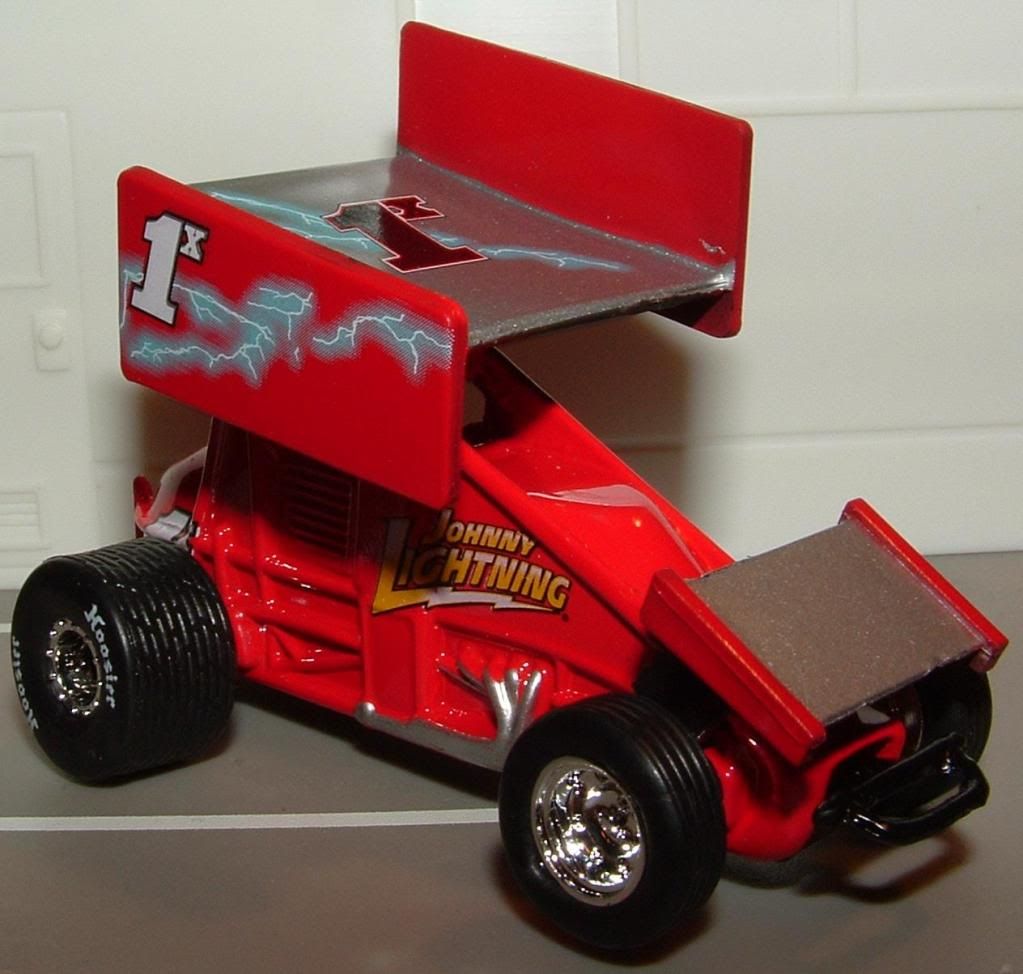
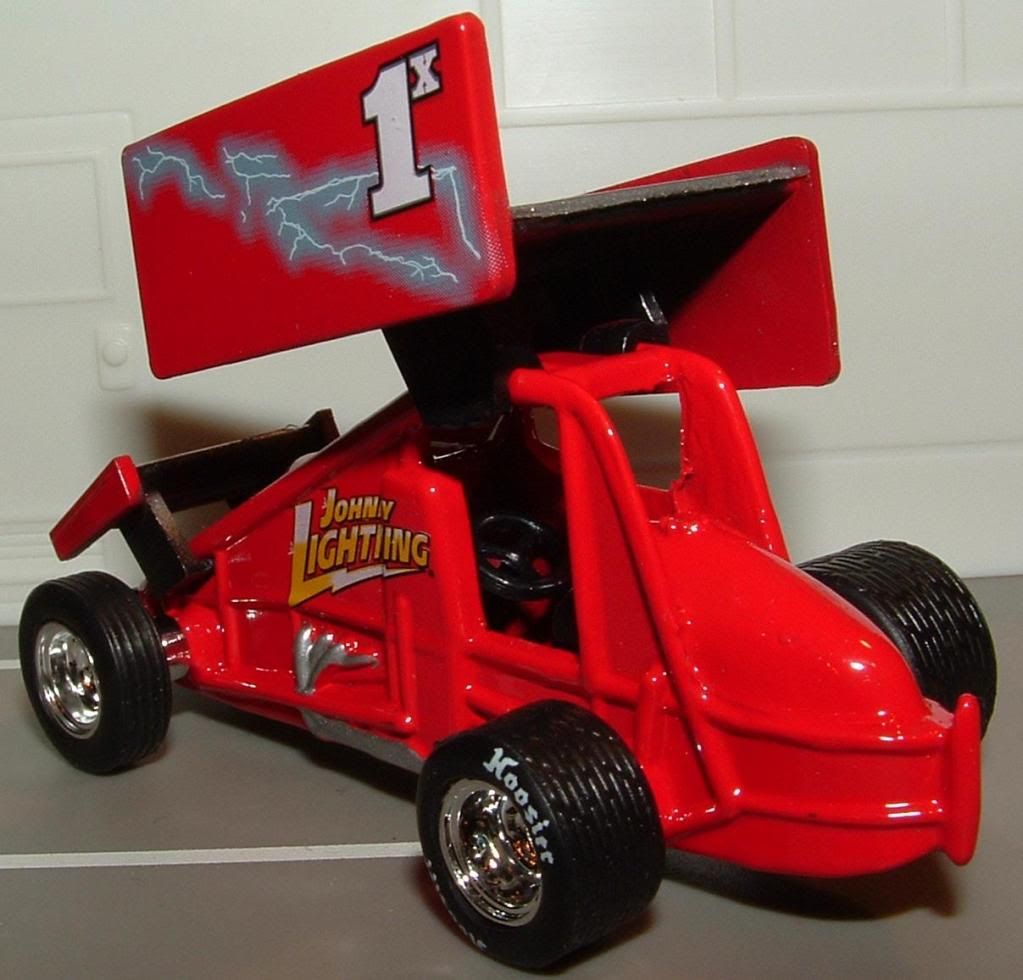
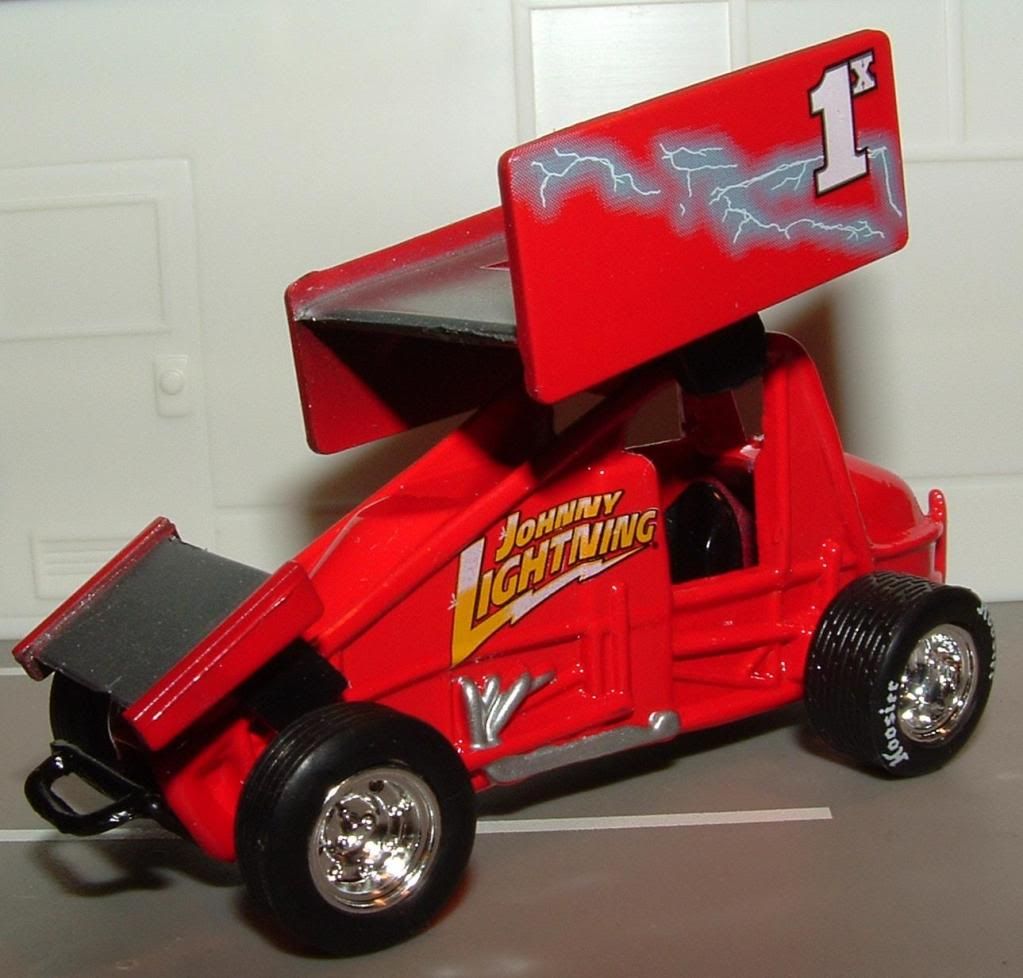
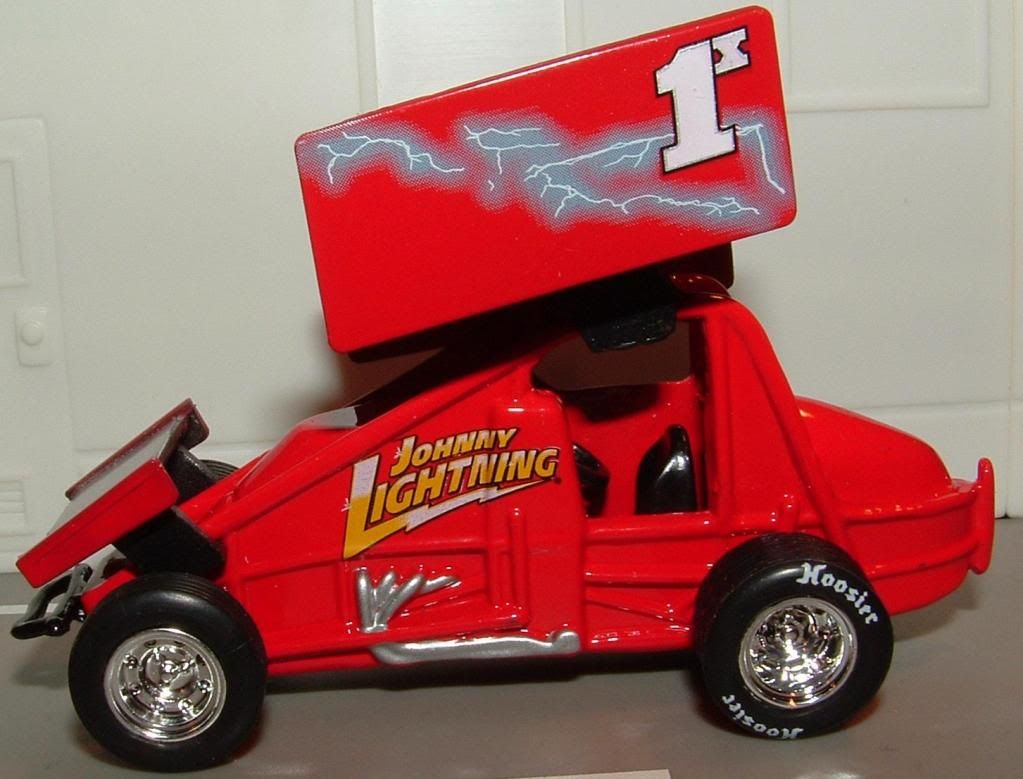
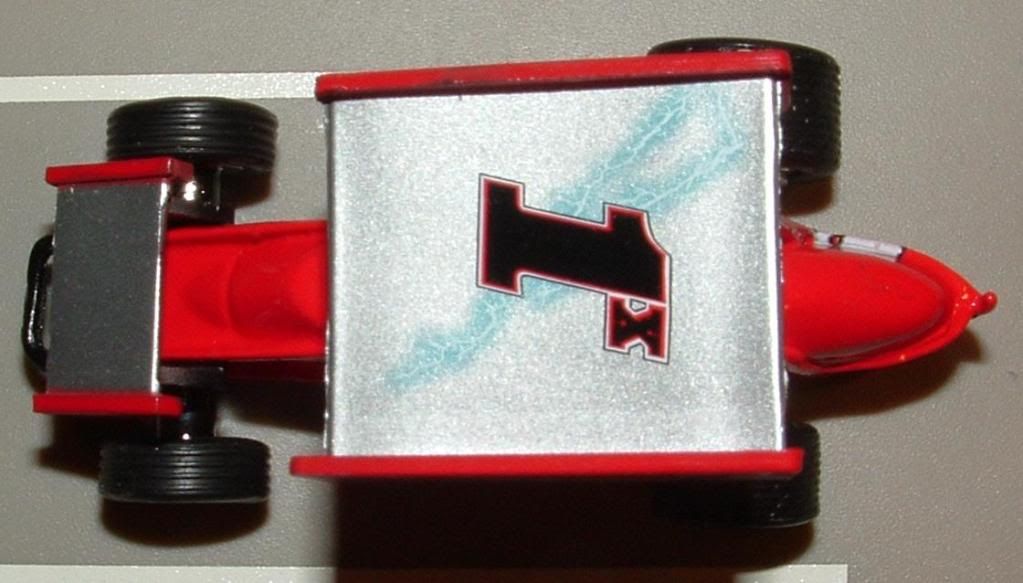
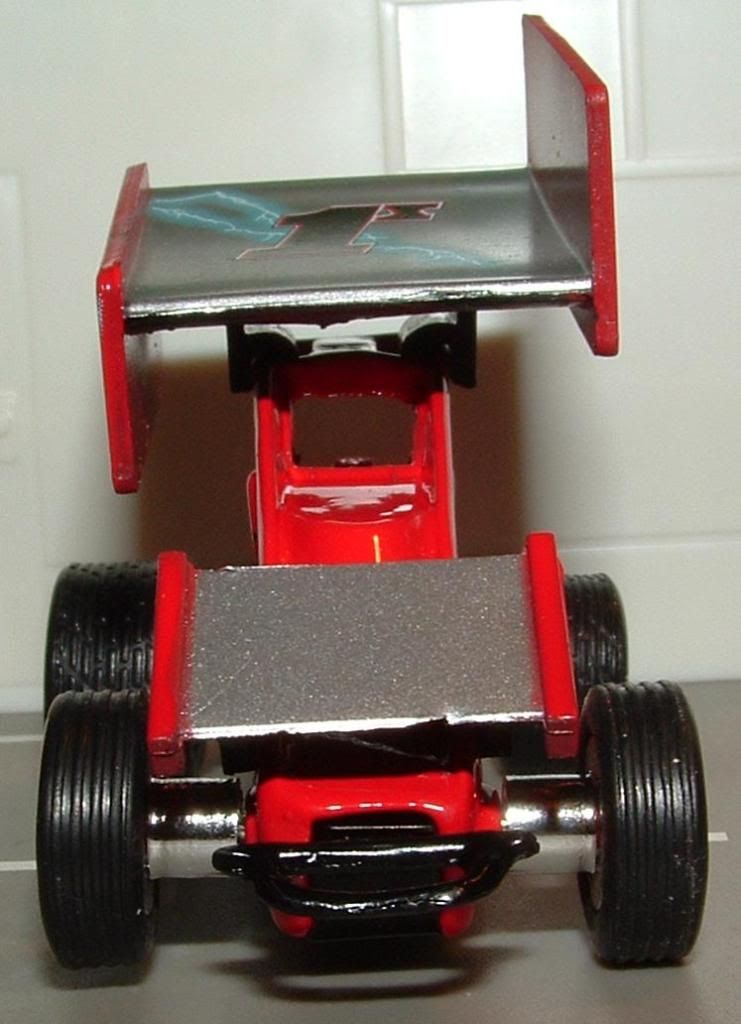
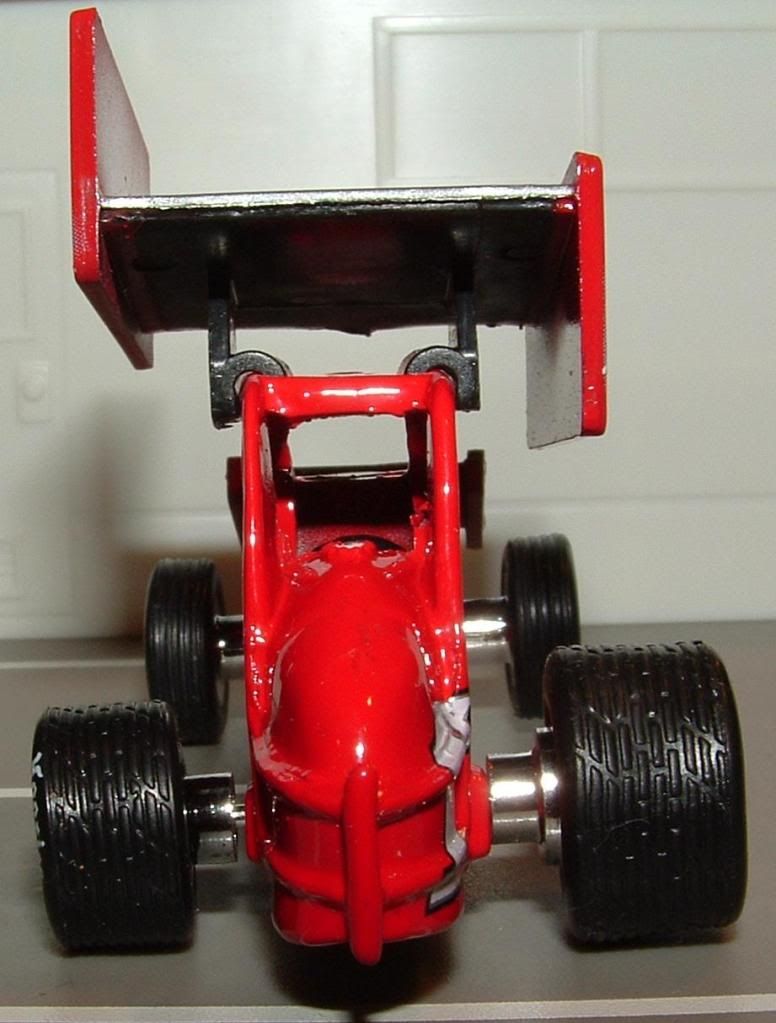
No comments:
Post a Comment